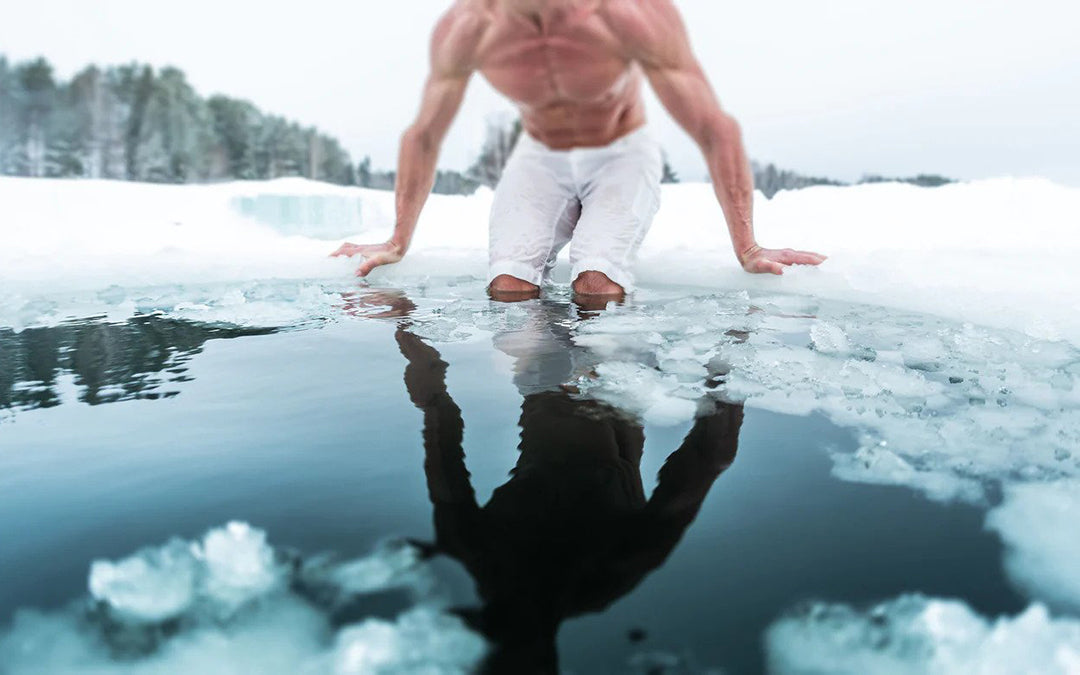Your Cart is Empty

Benefits of Deliberate Cold Exposure
2 min read
Cold Exposure
Safety
Never get into a dangerous body of water. Start warmer than colder, as cold shock is possible; just as with lifting weights or other forms of exercise, you’ll need to find the right temperature for you.
How cold?
There is no end-all answer to this because some people tolerate cold better than others. The key is to aim for a temperature that evokes the thought, of “Holy smokes this is cold, and I want to get out, but I can safely stay in.” For some people, that temperature might be 60°F, whereas for others, 45°F.
The key ingredient for you to decide what is best for you is the following: the colder the stimulus (water immersion, shower, etc.), the shorter amount of time you need to expose yourself to the cold. Several studies have shown significant and prolonged increases in dopamine when people were in cool (60°F) water for about an hour up to their neck, with their heads above water. Other studies describe significant increases in epinephrine from just 20 seconds in very cold water (~40°F).
Benefits of Cold Exposure

1. Increase Energy and Focus
Deliberate cold exposure causes a significant release of epinephrine (aka adrenaline) and norepinephrine (aka noradrenaline) in the brain and body. These neurochemicals make us feel alert and can make us feel agitated and as if we need to move or vocalize during the cold exposure. Cold causes their levels to stay elevated for some time and their ongoing effect after the exposure is to increase your level of energy and focus, which can be applied to other mental and/or physical activities. This effect can also initiate the process of kickstarting our circadian rhythm (internal clock), which plays an important role in regulating sleep/wake.
2. Increase in Mood
While not true of every stress, cold exposure causes the prolonged release of dopamine. Dopamine is a powerful molecule capable of elevating mood, enhancing focus, attention, goal-directed behavior, etc. Even short bouts of cold exposure can cause a lasting increase in dopamine and sustained elevation of mood, energy, and focus.
3. Increase Immunity
A study from the Netherlands found that those who were exposed to as little as a 30-second cold shower every morning show cased 29% fewer sick days, compared to the control group who did not take a cold shower.
4. Metabolism
In the short-term, cold exposure increases metabolism as the body has to burn calories to increase core body temperature. The total calories burned from the cold exposure are not that significant. However, the conversion of white fat (energy storage) to beige or brown fat (which are highly metabolically active) can be beneficial for:
- Allowing people to feel more comfortable in the cold (i.e., cold adaptation)
- Triggering further and more sustained increases in metabolism

Precaution for Hypertrophy Training
Research has shown that cold water exposure can inhibit anabolic signaling, thus impeding muscle hypertrophy. That being said, my recommendation would be to spread out the cold water exposure several hours before or after training, ideally on a separate day.
Subscribe
Sign up to get the latest on sales, new releases and more …
